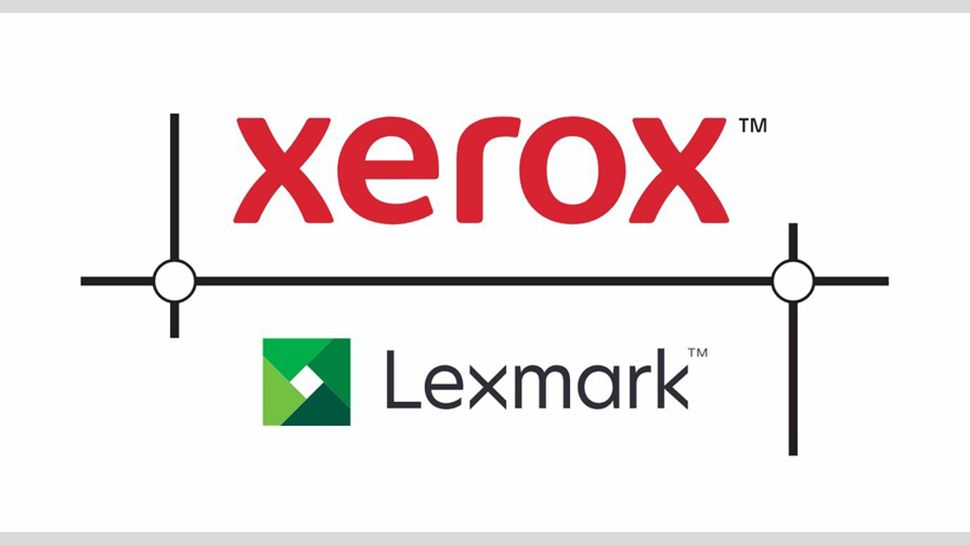Windows Hello, a biometric authentication method available for Windows 10 and Windows 11, is about to become the default authentication method for Google Chrome, and it’s poised to make your personal information more secure.
Windows Hello was initially introduced as a Windows 10 feature and it’s become a user favorite, allowing users to use biometric data like a fingerprint, facial recognition, or a PIN to log into Windows devices and apps. As of now, users can still use passwords to authenticate their login details in Google Chrome, but according to Windows Report, that’s about to change.
Instead of creating and remembering a plethora of passwords, an increasingly difficult practice that many of us have grown accustomed to, Windows Hello stands to make logging in with a password easier, faster, and more secure, protecting important information such as passwords and payment information. Due to its popularity, along with the growing need to use more secure authentication methods other than or in addition to traditional passwords, it might become the new default way that Chrome users on Windows devices will log in to their Google accounts.
This would be a fairly smooth transition, as Windows Hello is already available as an authentication method for Chrome. Users can enable Windows Hello in both Windows 10 and Windows 11, and then use it to verify their identity to autofill passwords or autofill payment information while using the browser.
What’s changing for Chrome users?
Going forward, Google Chrome will slim down the available ways users can verify their identity to just those available through Windows Hello. Presently, Chrome makes use of the Wincred authentication mechanism, used in Windows systems to store and manage login credentials, which will be replaced by the UserConsentverifier API. Windows Report explains this substitution is to change the latency that happens as a result of running Wincred.
Wincred isn’t going away entirely, however, and so long as it’s functional and suitable to be used for the verification of user credentials, it’s unlikely to vanish entirely.
It’s a positive, user-centric move for Google Chrome that will help users log in more securely, protect their login and payment information better, and spare users from remembering a multitude of unique passwords – though you can always opt for one of the best password managers to help keep them organized.





